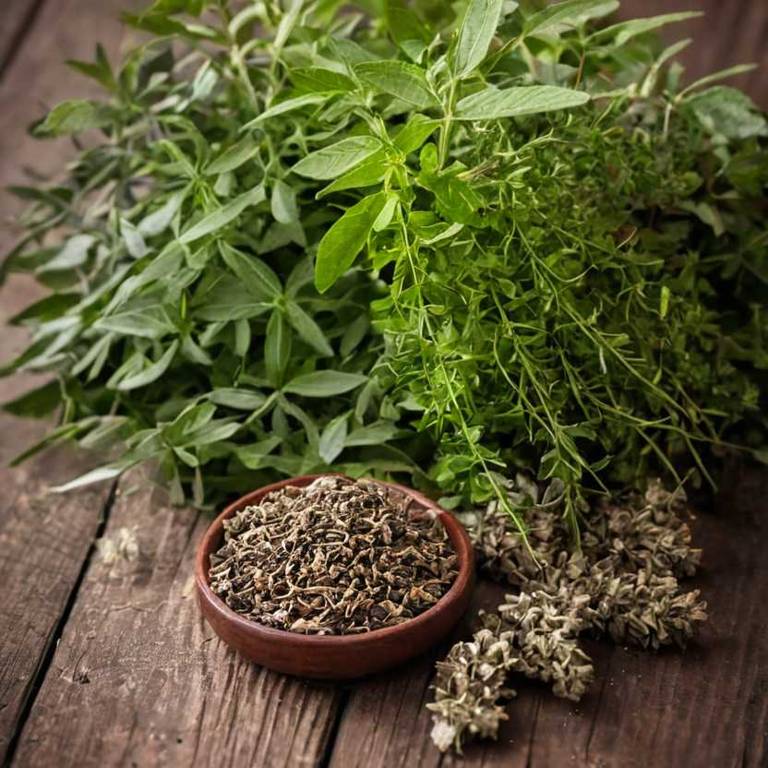Rhus Glabra: What To Know Before Using It For Medicinal Purposes

Rhus glabra, commonly known as smooth sumac, has been utilized for its medicinal properties for centuries.
The plant contains compounds such as flavonoids and tannins, which contribute to its anti-inflammatory and astringent effects. It has been traditionally used to treat skin conditions, including eczema and psoriasis, due to its ability to reduce inflammation and promote healing. Additionally, Rhus glabra has been employed in herbal remedies for digestive ailments and as a mild stimulant.
However, it is important to note that the plant contains toxic compounds, and its use should be approached with caution and under the guidance of a qualified herbalist or healthcare provider.
Health Benefits
Rhus glabra has several health benefits, such as its use in traditional medicine for treating skin conditions like eczema and psoriasis due to its anti-inflammatory properties.
The plant contains compounds that may help reduce inflammation and irritation, making it useful for topical applications. It is also believed to support digestive health by aiding in the relief of gastrointestinal discomfort. Additionally, Rhus glabra has been studied for its potential role in managing allergic reactions and reducing symptoms of respiratory conditions.
However, it is important to note that its use should be approached with caution, as some parts of the plant can be toxic if not prepared properly.
10 Best Health Beneift of Rhus glabra
Bioactive Constituents
Rhus glabra has several bioactive constituents, such as tannins, flavonoids, and alkaloids, which contribute to its medicinal properties.
These compounds exhibit antimicrobial, anti-inflammatory, and analgesic effects, making the plant valuable in traditional medicine. Tannins in Rhus glabra are known for their astringent properties, which can help in treating skin conditions and reducing bleeding. Flavonoids contribute to its antioxidant activity, protecting cells from oxidative damage.
Alkaloids, although present in smaller amounts, may play a role in modulating nerve function and reducing pain.
Medicinal Preparations
Rhus glabra has several medicinal preparations, such as teas, tinctures, and topical salves, that have been traditionally used for their therapeutic properties.
The leaves and bark of the plant are often dried and brewed into teas to alleviate symptoms of rheumatism and skin conditions. Tinctures made from Rhus glabra are commonly used to treat inflammation and joint pain due to their astringent and anti-inflammatory effects. Topical applications of the plant’s preparations can help reduce itching and irritation associated with eczema and other dermatological issues.
However, it is important to note that Rhus glabra contains urushiol, a compound that can cause allergic reactions, so its use should be approached with caution and under professional guidance.
Side Effects
Rhus glabra can have some side effects, such as skin irritation and allergic reactions when the plant's sap comes into contact with the skin.
The sap contains urushiol, a potent irritant that can cause a rash characterized by redness, itching, and blistering. In severe cases, it may lead to anaphylactic shock, though this is rare. Prolonged exposure can result in chronic dermatitis, especially in individuals with a known sensitivity.
It is important to avoid contact with the plant and to seek medical attention if a severe reaction occurs.